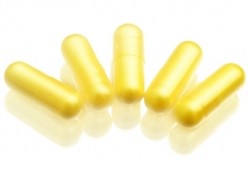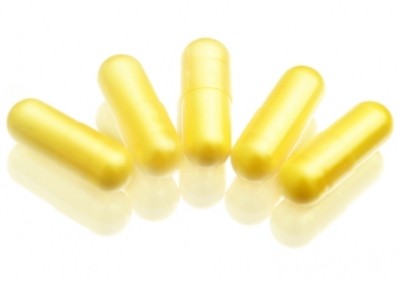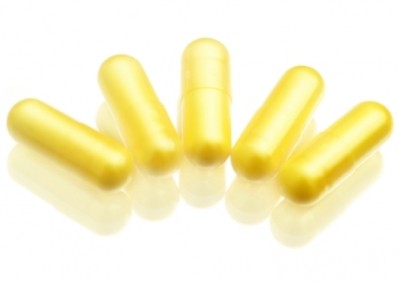Vitamin D: Is there such a thing as too much?

The study – published in the Journal of Clinical Endocrinology and Metabolism – investigated the association between all-cause mortality and serum levels of vitamin D in almost a quarter of a million people in Denmark.
Led by Darshana Durup, from the University of Copenhagen, the researchers revealed that whilst – as expected – low levels of vitamin D was associated with an increase in mortality, very high levels were also associated with an increased risk of death.
“We found higher mortality in people with a low level of vitamin D in their blood, but to our surprise, we also found it in people with a high level of vitamin D. We can draw a graph showing that perhaps it is harmful with too little and too much vitamin D," explained Durup.
While the researchers do not know the cause of the higher mortality, Durup said she believes the results can be used to question the wisdom of those people who claim ‘you can never get too much vitamin D’.
"It is important to conduct further studies in order to understand the relationship,” said the research leader, who noted that whilst a lot of research has been conducted on the risk of vitamin D deficiency, there is very little knowledge of the effects of very high doses.
“There is no scientific evidence for a 'more is better' argument for vitamin D, and our study does not support the argument either. We hope that our study will inspire others to study the cause of higher mortality with a high level of vitamin D," she said.
Commenting independently on the study, vitamin D expert Professor Heike Bischoff-Ferrari told NutraIngredients that the reported increased risk of mortality at the high vitamin D serum levels of levels of 140 nanomol (nmol) of 25(OH)D per litre of plasma “is a concern but also raises the question who is reaching such high levels.”
“In order to reach serum concentrations of about 140 nmol/l a significant dose of vitamin D is needed, far higher than current recommendations,” she explained – adding that recent research has suggested a daily intake of about 4800 IU vitamin D3 would be needed to reach such a level.
Bischoff-Ferrari also commented that the results of the research are on the whole consistent with other observational studies in suggesting that mortality may be lowest at 25(OH)D levels between 50 and 80 nmol/l whilst documenting “a marked increased risk in mortality with 25(OH)D levels below 40 to 50 nmol/l.”
Key results
The new study – which is said to be the largest of its kind – tested blood samples from 247,574 from the population of people in Copenhagen.
The researchers revealed that blood containing less than 10 nmol of vitamin per liter of serum, mortality was found to be 2.31 times higher than those with the ‘optimal’ levels of 50 nmol/l – where the researchers found the lowest rates.
However, blood containing more than 140 nmol of the sunshine vitamin per litre was found to be associated with 1.42 increase in mortality risk.
"Our data material covers a wide age range,” explained Durup. “The people who participated had approached their own general practitioners for a variety of reasons and had had the vitamin D level in their bloodstream measured in that context.
“This means that while the study can show a possible association between mortality and a high level of vitamin D, we cannot as yet explain the higher risk," she said.
Controversial area
Durup said the research had moved into ‘a controversial area’ that stirs up strong feelings, “just like debates on global warming and research on nutrition.”
However the researcher reiterated that the results “are based on a quarter of a million blood tests and provide an interesting starting point for further research."
She noted that future research projects should compare the results of the new study with information from disease registers – such as the Danish cancer register – in order to test for more specific associations.
However, Bischoff-Ferrari said the results of the study could be called into some question because “we cannot exclude confounding by indication, meaning that sick individuals or individuals at increased risk for chronic disease may have taken vitamin D supplements at a higher dose because of a disease-based motivation.”
Source: The Journal of Clinical Endocrinology & Metabolism
Published online ahead of print, doi: 10.1210/jc.2012-1176
“A Reverse J-Shaped Association of All-Cause Mortality with Serum 25-Hydroxyvitamin D in General Practice, the CopD Study”
Authors: D. Durup, H. L. Jørgensen, J. Christensen, P. Schwarz, A. M. Heegaard, B. Lind
















